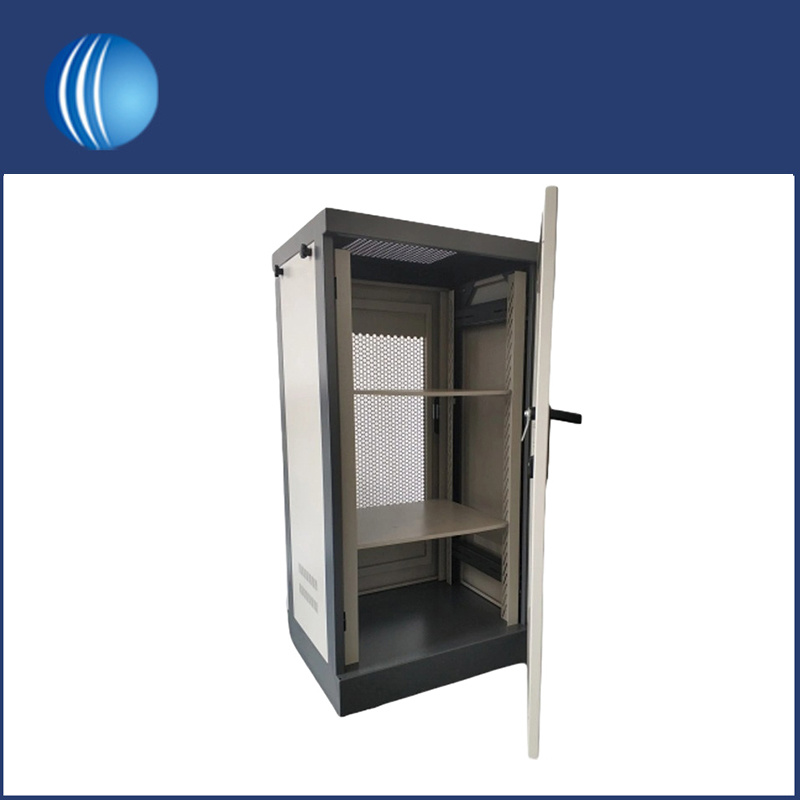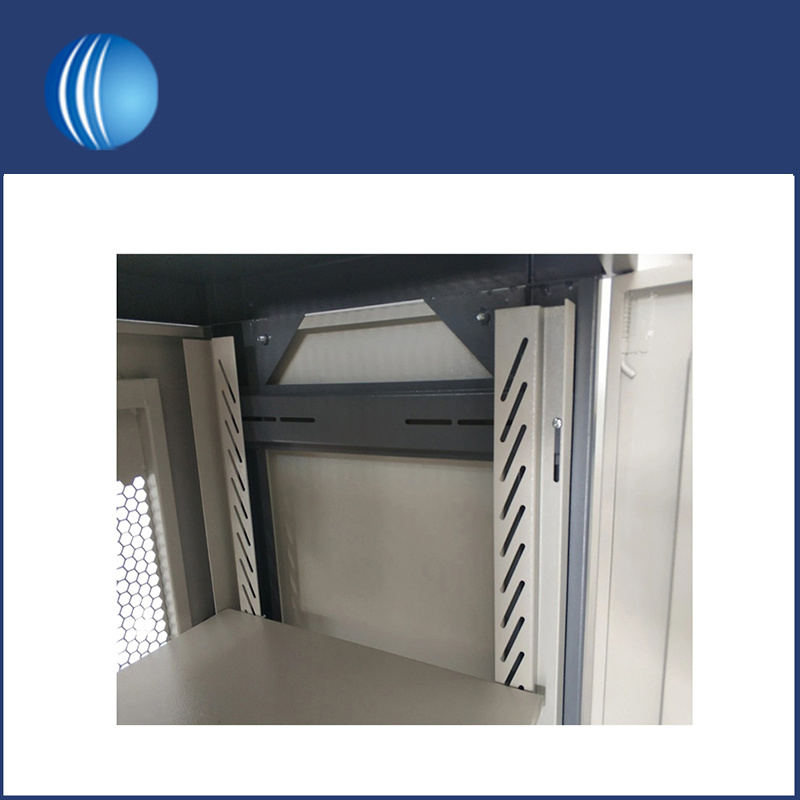
Battery outdoor storage enclosures play a key role in maintaining uninterrupted power supply, making them an essential part of modern infrastructure and industry.
Battery outdoor storage enclosures (sometimes called battery compartments) are an important component in a variety of outdoor applications. These enclosures are designed to house batteries and protect them from the elements, ensuring uninterrupted power in a variety of industries and environments.
The specific design and functionality of battery outdoor storage enclosures can vary significantly depending on the type of battery used (e.g., lead-acid, lithium-ion), the intended application (e.g., renewable energy storage, backup power, electric vehicle charging )), and local environmental conditions. These enclosures are commonly used in off-grid power systems, telecommunications infrastructure, renewable energy installations, and more.
1. Environmental protection:
One of the primary functions of a battery outdoor storage enclosure is to protect the battery from environmental factors. These cases are designed to withstand rain, snow, extreme temperatures and direct sunlight to maintain the performance and longevity of the batteries they contain.
2. Security and access control:
In addition to environmental protection, battery enclosures often have security features to protect against theft or vandalism and prevent unauthorized access or tampering. This is particularly important in applications where batteries play a critical role, such as telecommunications, military and emergency backup systems.

3. Ventilation and temperature control:
Maintaining optimal operating temperature is critical to battery health. The battery outdoor storage enclosure includes a ventilation system to dissipate the heat generated during charging and discharging. They ensure the battery remains within the recommended temperature range, extending battery life and improving safety.
4. Fire safety measures:
In some cases, battery housings are made from fire-resistant materials and fire-extinguishing systems. These precautions reduce the risk of fire-related incidents, which is particularly important in applications such as telecommunications and emergency backup centres.
5. Cable management:
The housing is designed to accommodate cable entry and exit points, ensuring a clean and organized installation of the battery system and associated wiring.

6. Battery outdoor storage enclosures can be used in a variety of applications, including:
Renewable Energy Center: Supporting energy storage for solar and wind farms.
Telecom Shelter: Batteries protecting uninterrupted communication services in remote areas.
Off-grid power stations: ensure continuous power supply in areas that cannot be connected to the grid.
Electric vehicle charging center: Provides stable power supply for electric vehicle charging stations.
Military Battery Depot: Protecting mission-critical batteries in military applications.
Emergency Backup Center: Supports basic operations during a power outage.
Agricultural Battery Shed: Improving agricultural efficiency through battery-powered precision farming.
Remote Industrial Power Solutions: Ensure reliable power at remote industrial sites.
Disaster Recovery Unit: Provides necessary power during disaster relief efforts.
Transportation Battery Bank: Protecting batteries for electric buses, trains and other transportation vehicles.
Battery outdoor storage enclosures help maintain battery performance, ensure safety and meet regulatory requirements for a variety of outdoor applications. When selecting an outdoor battery storage cabinet, it is important to consider factors such as battery type, capacity, local climate, safety requirements, and compliance with relevant codes and standards. Consult with us to help select an enclosure that meets your specific needs and provides a safe and reliable solution for outdoor battery storage.
